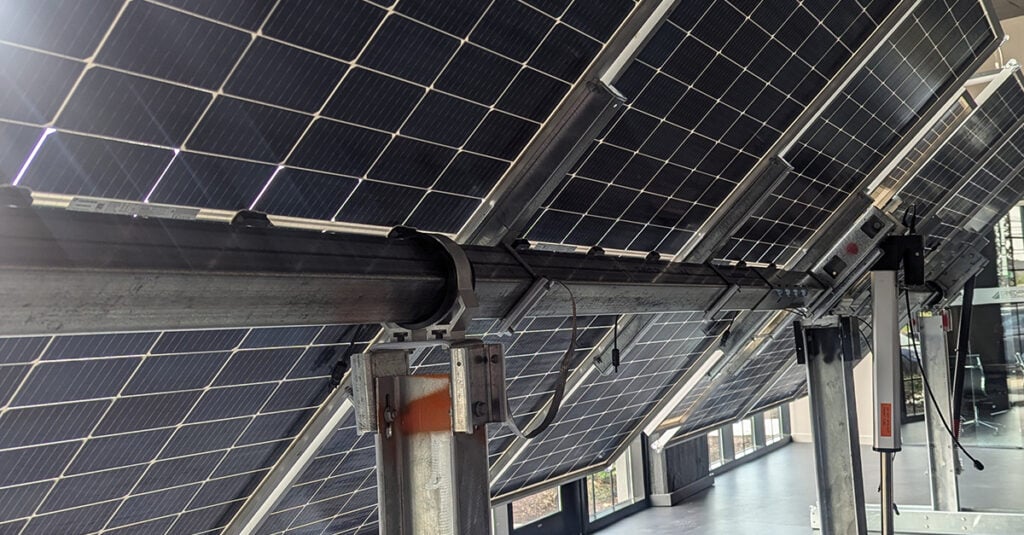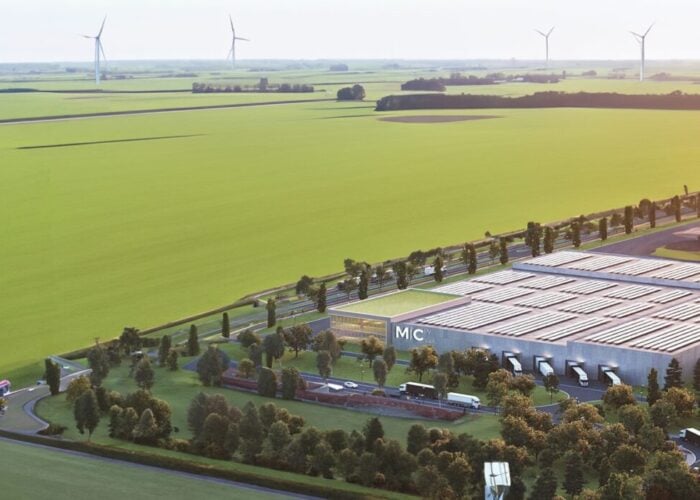
US tracker manufacturer GameChange Solar has announced plans to double the capacity of its Saudi Arabia component manufacturing facility to 6GW.
The facility currently produces components for the company’s Genius Tracker system, designed for use in utility-scale projects, and GameChange Solar expects to complete the expansion work by September of this year.
Try Premium for just $1
- Full premium access for the first month at only $1
- Converts to an annual rate after 30 days unless cancelled
- Cancel anytime during the trial period
Premium Benefits
- Expert industry analysis and interviews
- Digital access to PV Tech Power journal
- Exclusive event discounts
Or get the full Premium subscription right away
Or continue reading this article for free
The company noted that the expansion was motivated by a significant demand for its products, which is reflected by its increasing market share of the global tracker industry; figures from Wood Mackenzie show the company posted year-on-year growth of 55% in 2023, and accounted for 12% of the world’s tracker market by the end of that year.
“Our decision to scale up reflects the demand we are experiencing in Saudi Arabia and our readiness to meet it,” said Jason Wang, GameChange Solar vice president of China and Southeast Asia. “The facility is already operational, and this expansion gives us the capacity to move faster on the large-scale projects coming up in the region.”
GameChange Solar did not specify whether this expansion work would include Chinese firm Jiangsu Zhenjiang New Energy Equipment (JZNEE), with which the company collaborated to first build the facility last year.
This investment in overseas manufacturing capacity is a slight departure from form for GameChange Solar, which has historically invested in US manufacturing.
The company expanded its US manufacturing capacity to 36GW in 2024, and announced plans to use enough US-made components in its Genius Tracker product that it would secure the maximum bonus under the 45X Advanced Manufacturing Production Credit, introduced under the Inflation Reduction Act (IRA) in 2022.
In the years since, there has been considerable uncertainty as to the future of these financial mechanisms as president Donald Trump has sought to cut support for clean energy projects. Trump’s “One Big, Beautiful Bill”, which was passed by the US House of Representatives last month, proposes to slash a number of renewable energy tax credits, including the 45X credit, which will shrink in 2030 and end completely in 2032.






